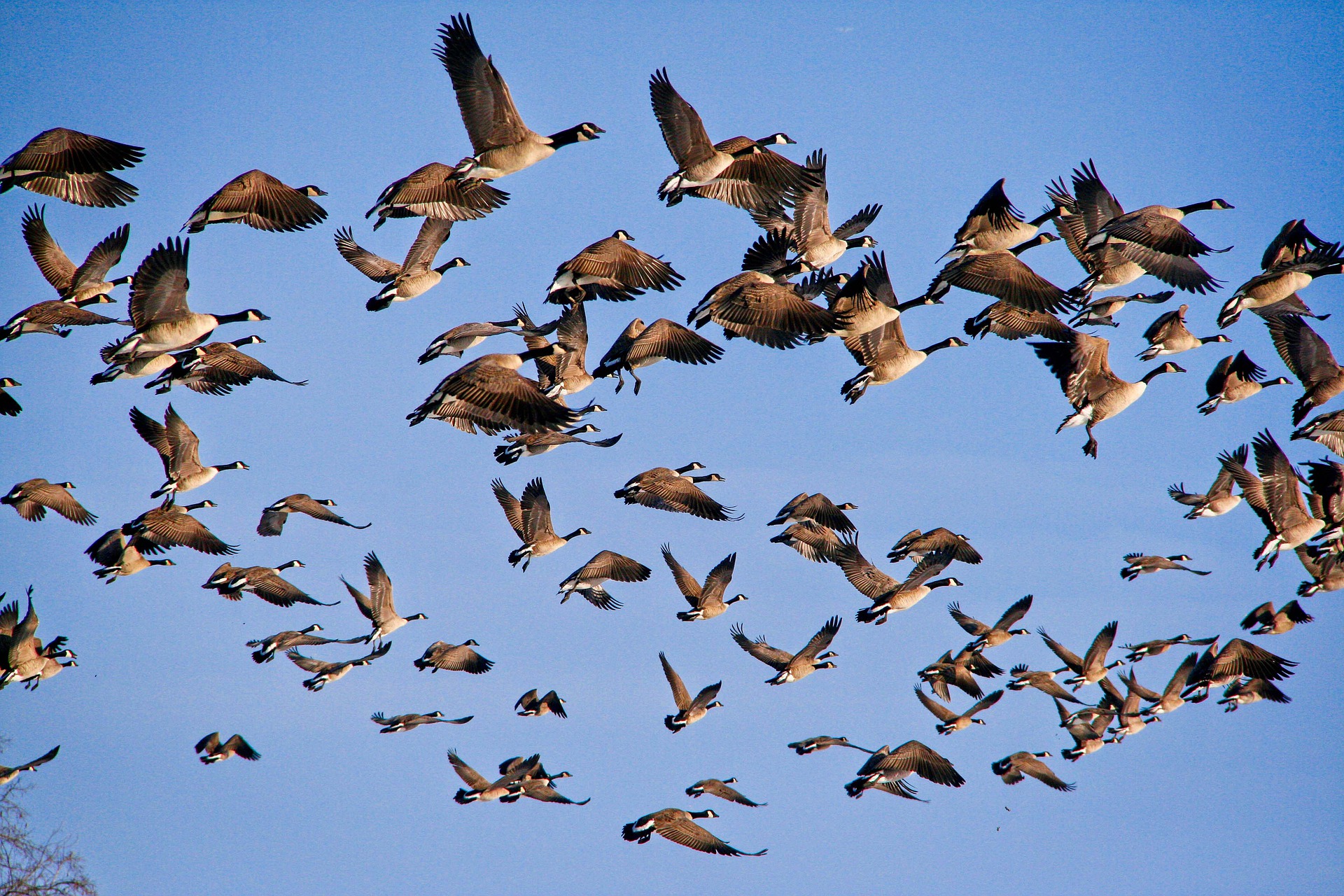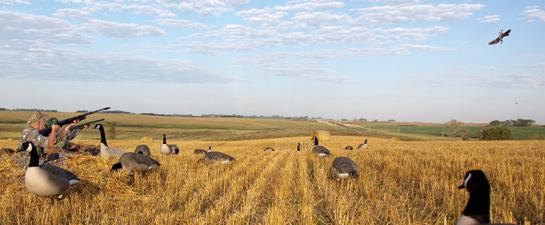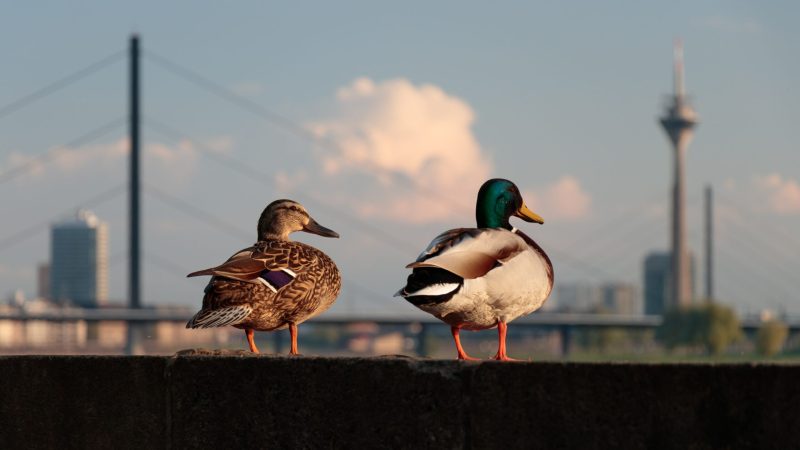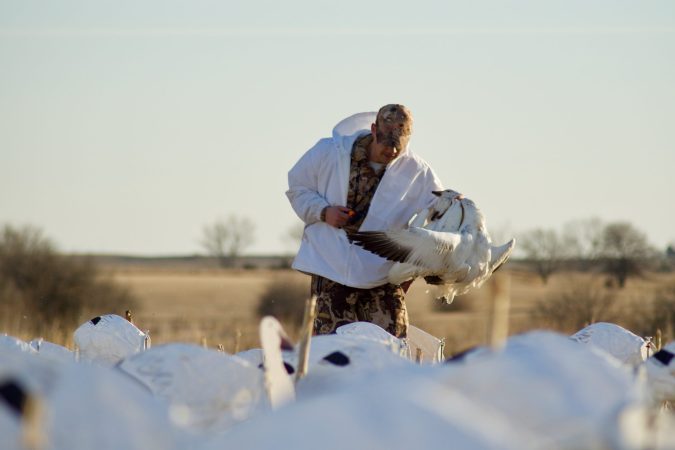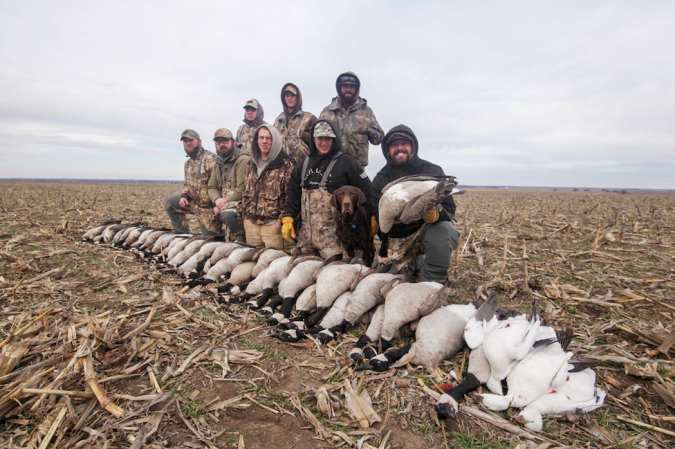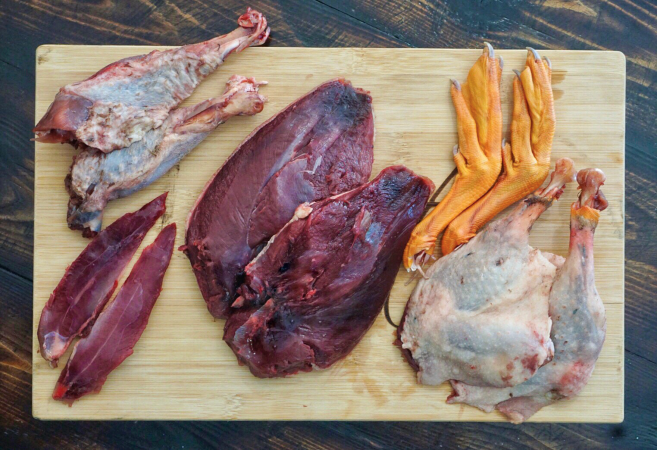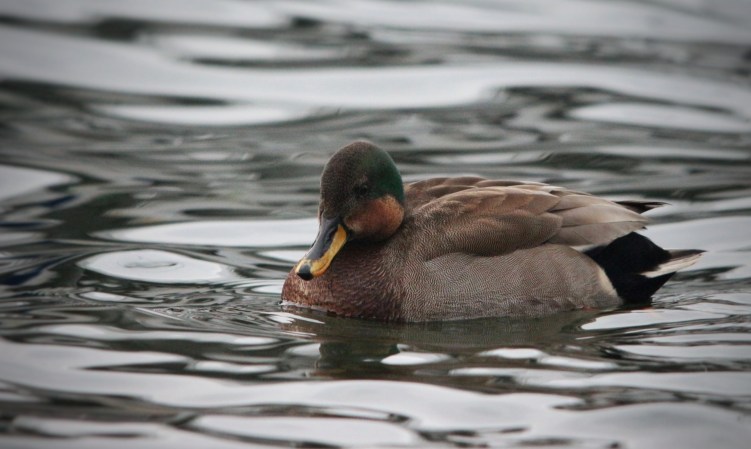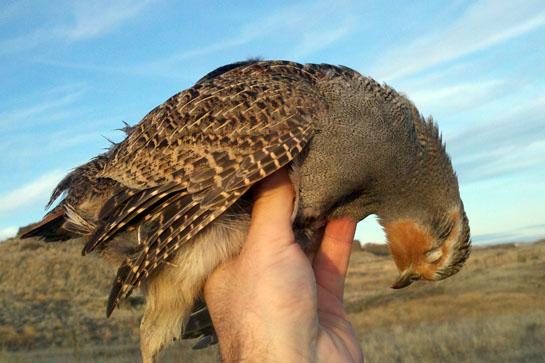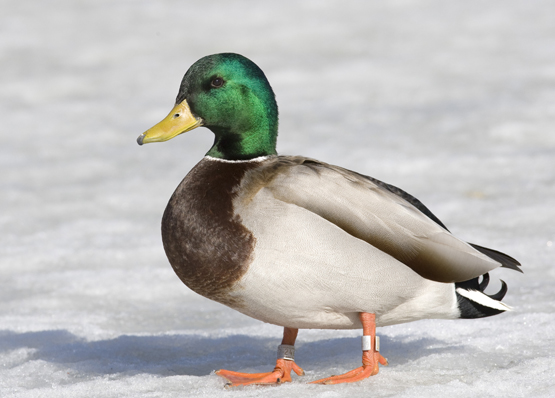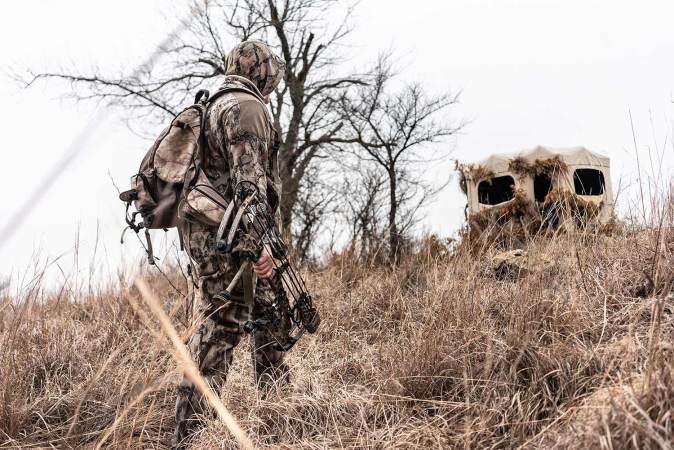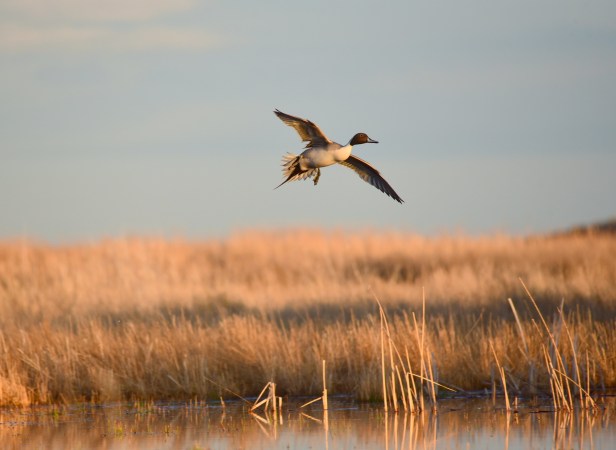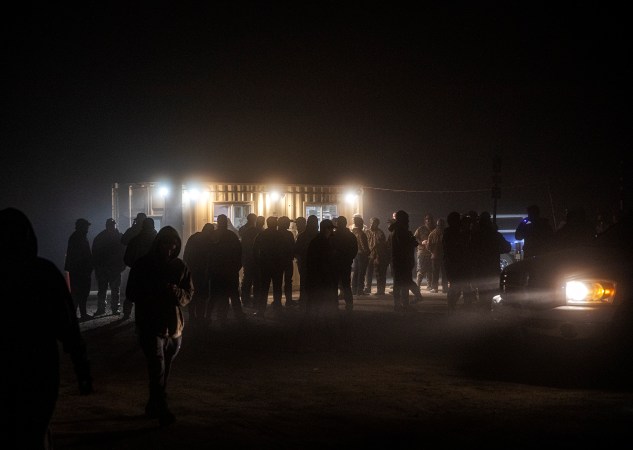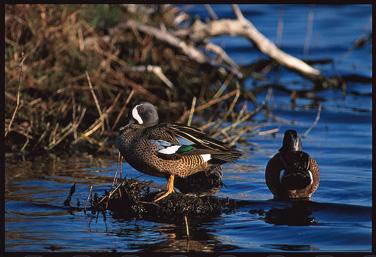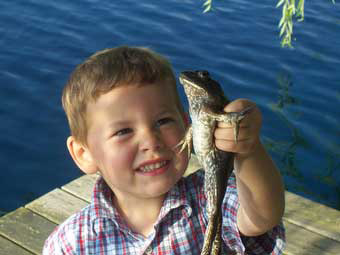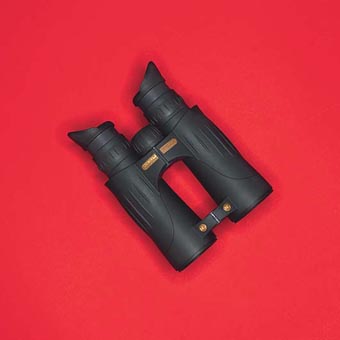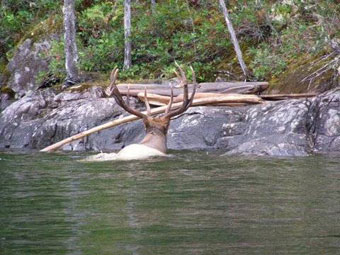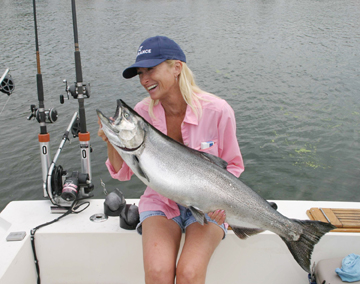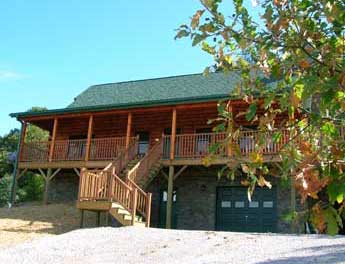It’s no secret that Canada geese love cities and golf courses. They have water, short grass in spring and summer, and they’re protected from hunting pressure. Sure, kids may run to scare them, as kids do, and a dog or coyote may nab a few goslings before the goose or gander gets riled up. But otherwise, cities are protection zones and geese take full advantage. The problem is that many of these resident geese populations are growing and becoming a nuisance. Can hunting be used as a management tool?
The Iowa Department of Natural Resources is looking for answers. They recently completed a three-year study of Canada geese in metro Des Moines and the research will be used to revise the DNR’s goose management plan. The agency worked with Iowa State University to mark 71 urban and rural female Canada geese with GPS GSM transmitters, and then monitored movements from 2018-20.
Read More Waterfowl Hunting Tips.
“Modern urban development, specifically short grass adjacent to open water, is very attractive to geese,” Orrin Jones, state waterfowl biologist with the DNR stated in a press release. “It’s remarkable how geese have learned to exploit habitat in urban areas and how well they move through urban areas from May to August despite being largely flightless for most of that time.”
According to the agency, Canada geese were locally extinct in Iowa from 1907-64. The Iowa Conservation Commission, the agency that preceded the DNR, and other states within the Mississippi Flyway Council worked to restore Iowa’s breeding population. By 1993, at least one nesting pair of Canada geese was in all 99 counties.
“This study showed us that urban geese use habitat that is less accessible to hunters than rural geese,” Jones said, “but survive at a similar rate as the statewide population, and are most susceptible to hunter harvest in September and October when their range and movements are the largest.”
Jones said the DNR will review and refine the Canada goose hunting seasons and urban zone boundaries based on this study, while recognizing municipal ordinances constrain the use of hunting to address conflicts with geese within city limits.
“We believe there is an opportunity to increase the effectiveness of hunting as a population management tool if municipalities allow hunting within city limits at locations where it is safe and feasible to hunt waterfowl,” Jones said. “We are also learning more about nonlethal management of geese, such as nest removal, habitat management, and improving our monitoring program.”
Read Next: Your Retriever Will Teach You These 5 Life Lessons
The study included more than 2 million recorded goose locations and yielded interesting insights.
“We found that the behavior and movement of individual geese was highly variable,” Jones said. “For example, one goose from August to September roosted on a rooftop in an industrial complex in West Des Moines. Once winter weather occurred in December the goose migrated to Missouri and spent the winter in a rural area near a large wildlife refuge.
“In March the goose returned to nest on a rooftop in West Des Moines. We removed the nest to monitor the response to this management action. After an unsuccessful nesting effort, the goose migrated north to the western shore of Hudson Bay in the province of Nunavut, spent the summer there and returned to Iowa in September. That’s a round trip of more than 2,000 miles.”
The largest migration of geese occurred in late May and early June when unsuccessful nesters headed to northern Canada.
